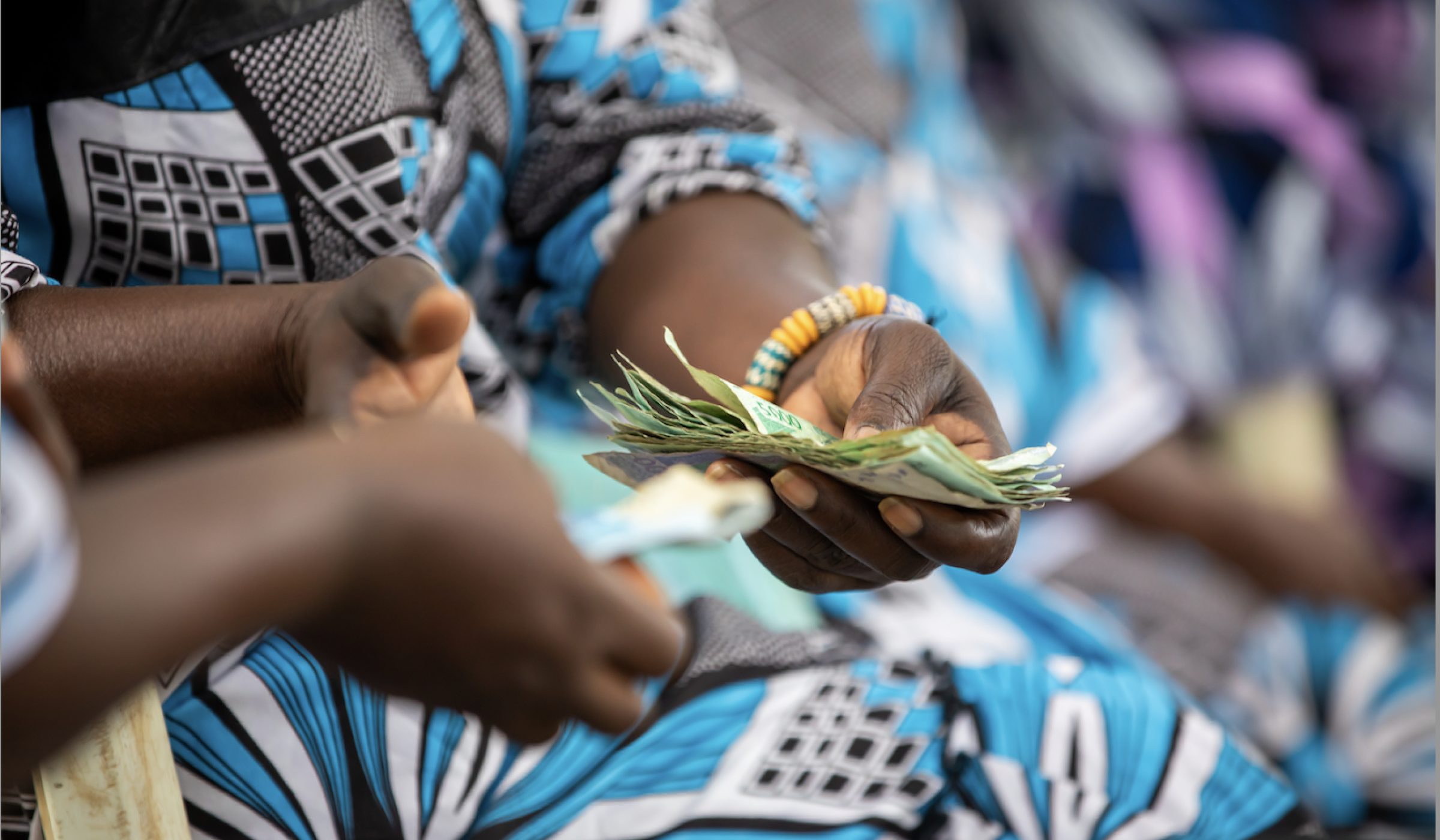
‘Why are we stuck in our quest for a living income for smallholder farmers?’
This was the central question in the first panel discussion at the central stage of the Fifth World Cocoa Conference (WCC) of the International Cocoa Organization. The conclusion was that we are not stuck but we need to make sure that the farmers benefit from the high prices so that upon the inevitable end of the rise of prices they will not turn below living income levels. The implementation of a ‘toolbox’ consisting of a mix a proven interventions and strategies is crucial for many cocoa farmers to achieve a living income.
The first half of 2024 saw three important conferences on cocoa sustainability: the World Cocoa Foundation (WCF) Partnership meeting and Chocoa, both held in February in Amsterdam, and the fifth WCC organized last week in Brussels. All organizers had agreed to stage debates on living income for farmers from a different angle. When planning these debates, no one could have foreseen that cocoa prices would break through the $12,000 per ton mark.
Anna Laven of The Company Behind Chocoa participated in all three panels and summarized during the WCC the conclusions of the WCF Partnership Meeting and Chocoa debates: “There is a broad cocoa sector consensus that price alone is not sufficient to guarantee a living income for farmers. Next to price stability, supply-chain management, long-term relationships and transparency, there is a need and role for industry in collaboration with governments, to invest in strategies that promote income diversification, reduce the costs of living and increase resilience of cocoa farming families. Price increases have the most impact for farmers who already produce larger volumes of cocoa while cash transfers benefit particularly poorest households with low volumes of production.”
During the WCC panel debate several panelists pointed to the need for price stabilization on farmgate as well as market level and the necessity of value sharing throughout the supply chain. A lack of trust was mentioned as the main obstacle for joint action to stabilize prices for farmers, calling for more transparency and accountability at all stakeholders. A call-out was made for ‘invisible farmers’: female spouses, sharecroppers and caretakers. What is their share of living income? It became clear that there are no standard situations and single solutions; programs need to be adapted to the needs of farmers living under certain conditions in specific communities.
Three panel discussions in three conferences on farmer income; interrelated yet taking a different angle. While the discussion at WCF Partnership Meeting was about the market driven, economic factors including diversification and agroforestry that contribute to farmer income, the discussion at Chocoa addressed more the non-market driven factors, such as cash transfers and Village Loan and Saving Associations (VLSAs). The last panel discussion during the WCC was more price oriented.
The idea was that by taking this three pronged approach, there would be a chance for taking the debate further and deeper. An innovative thought that has turned out true. Farmer income depends on more factors than price of cocoa and there is a broad dashboard of proven measures that should be implemented for which we need all stakeholders to work together and contribute what they can to alleviate poverty in cocoa producing families.